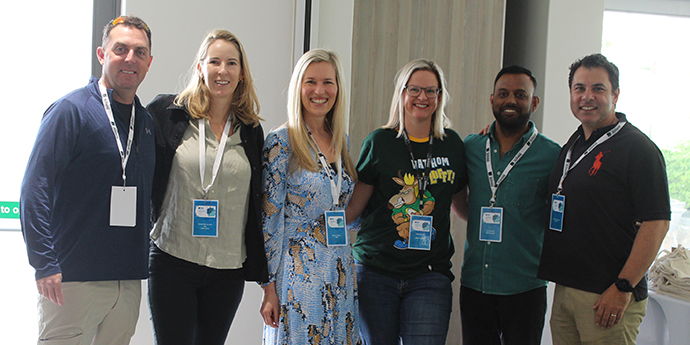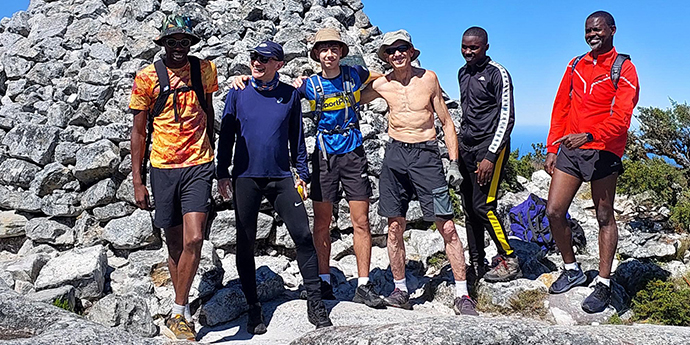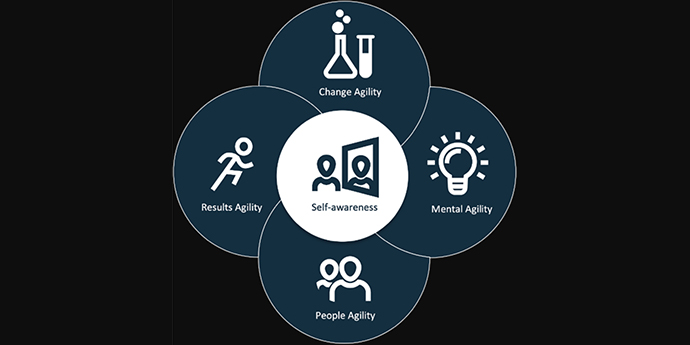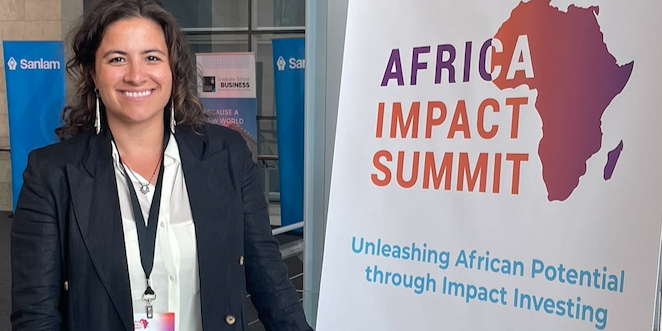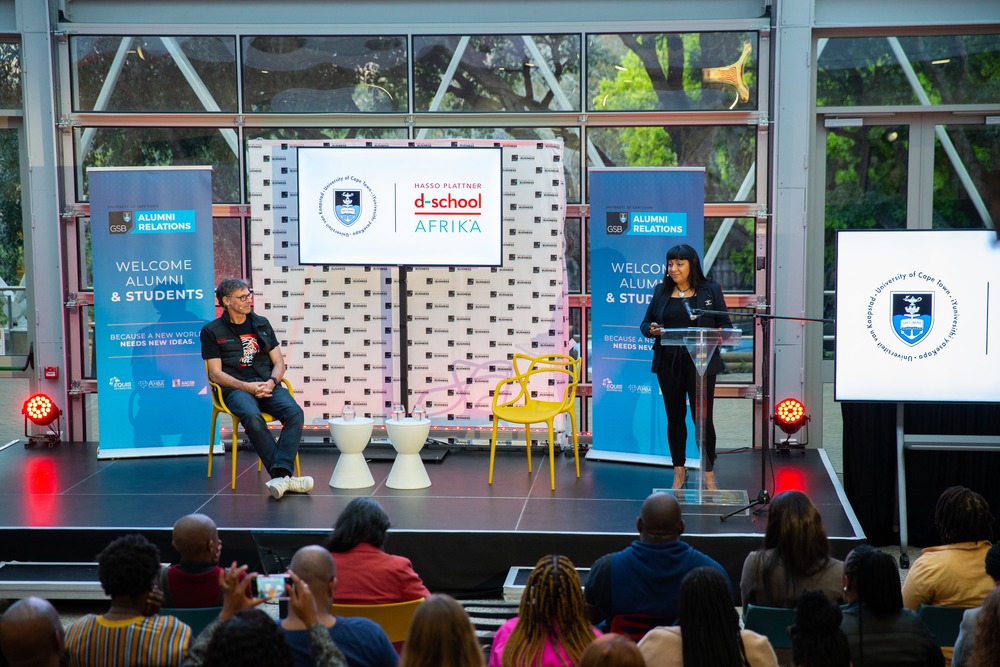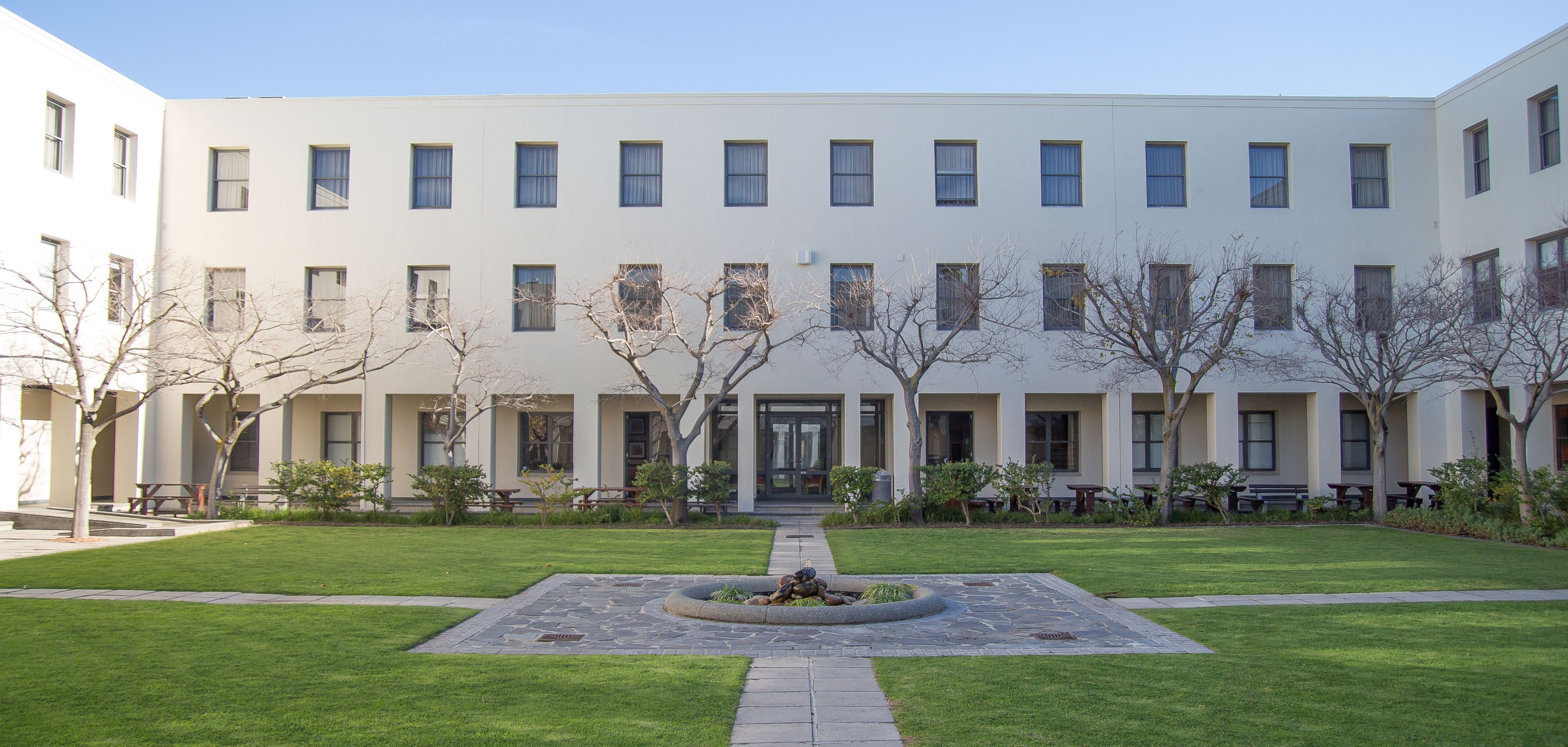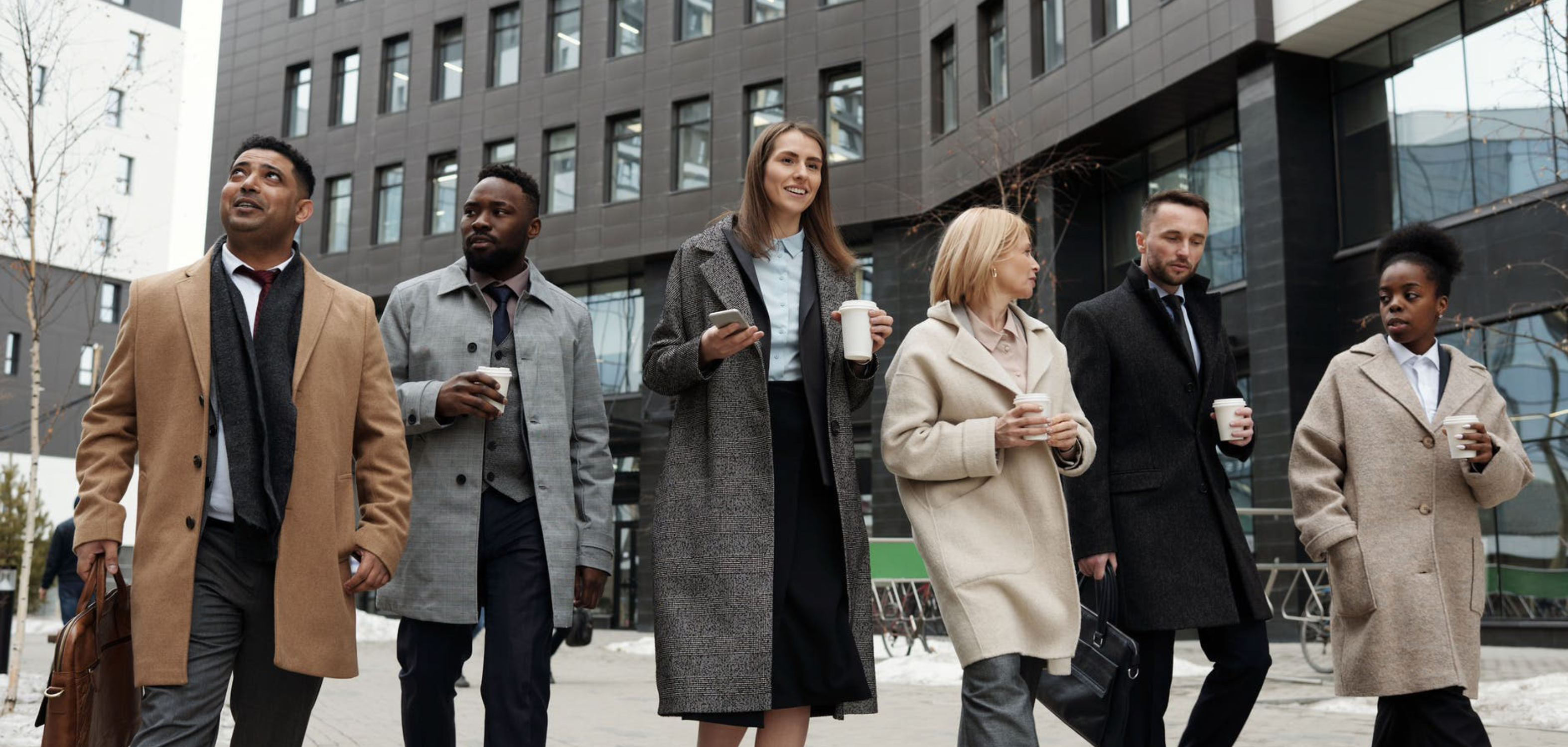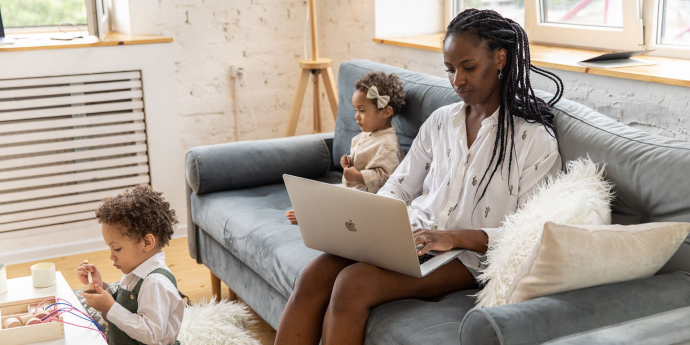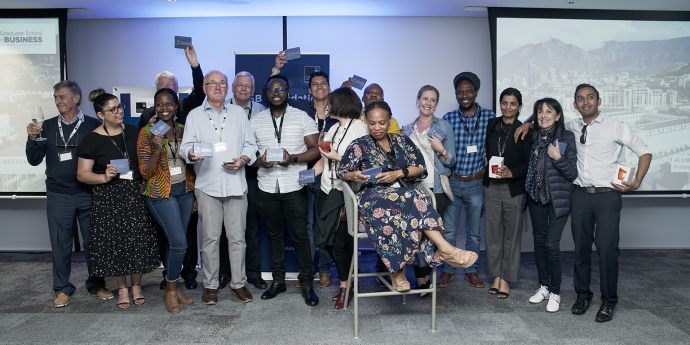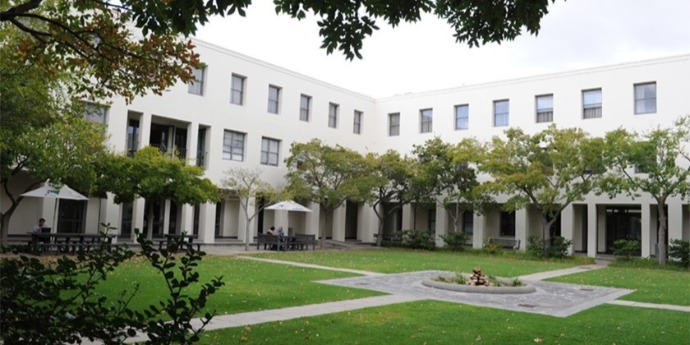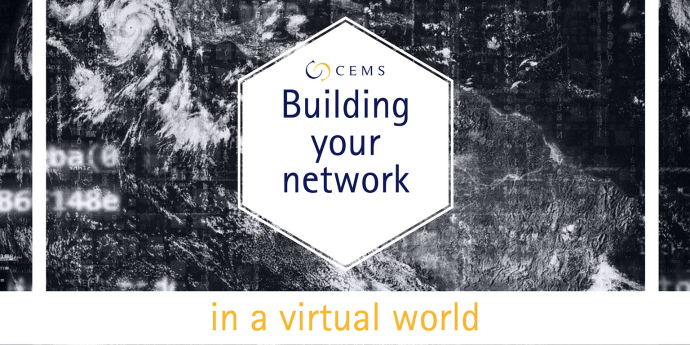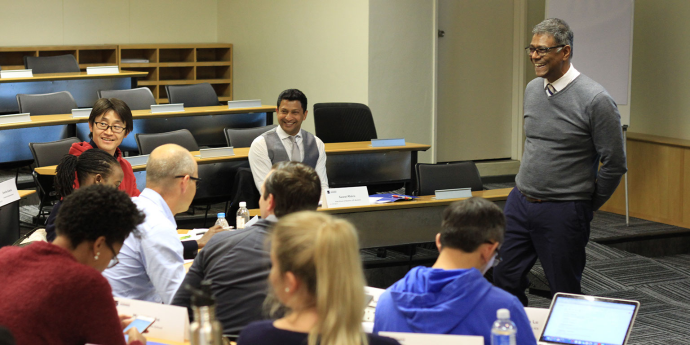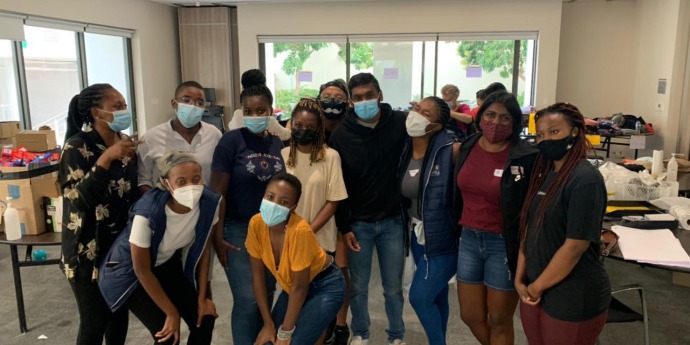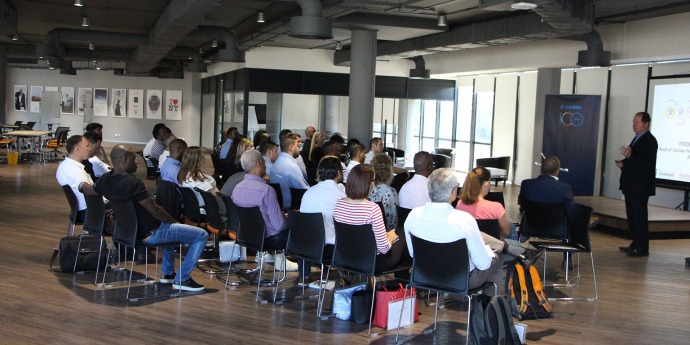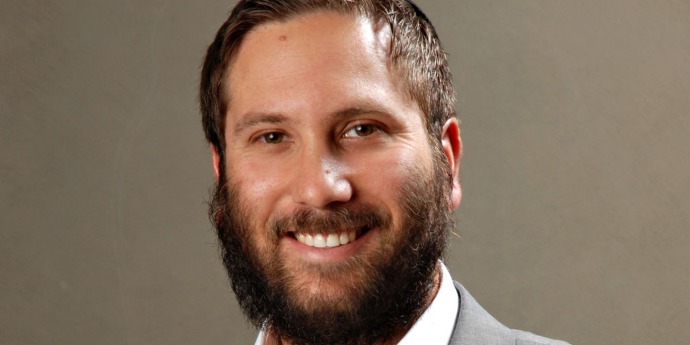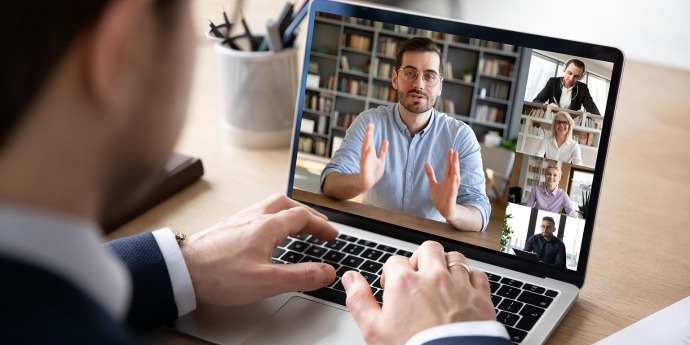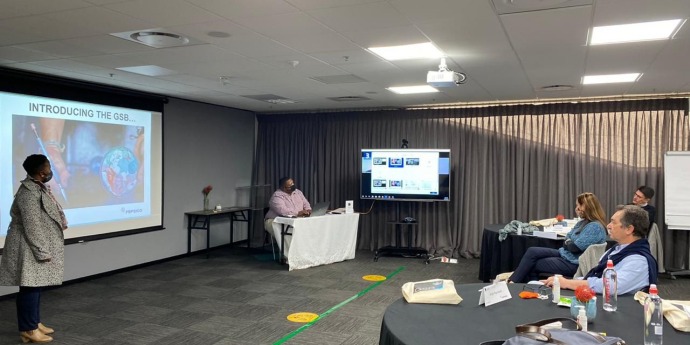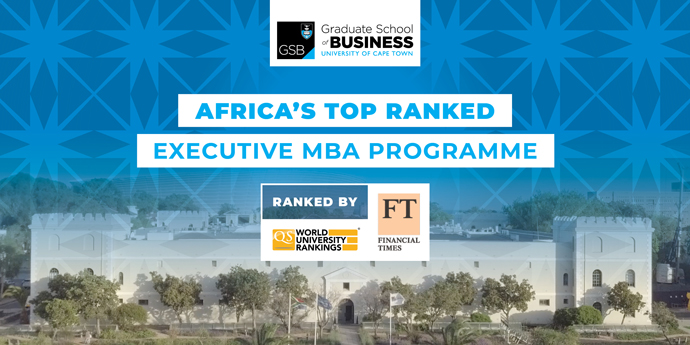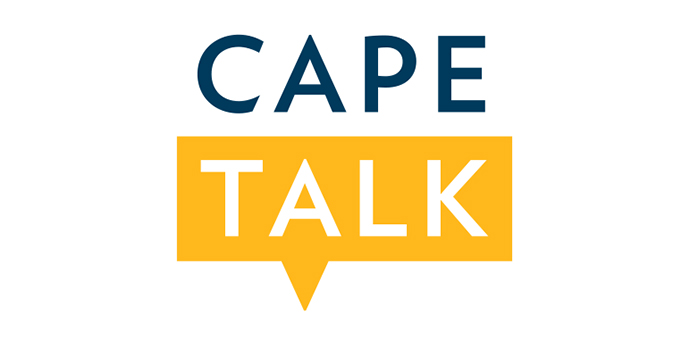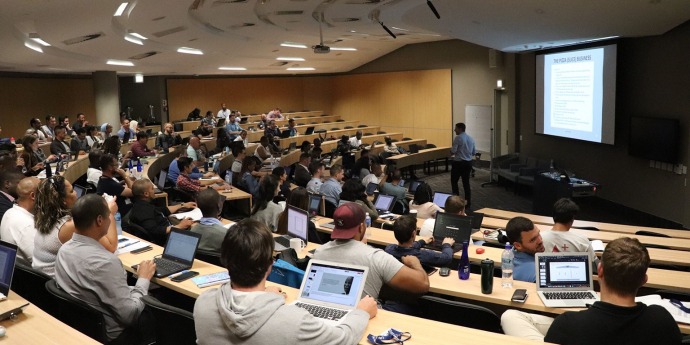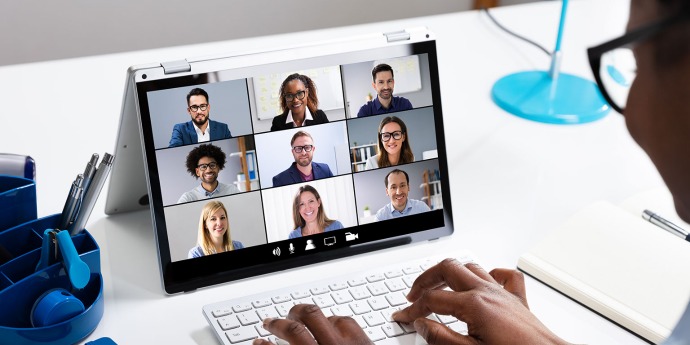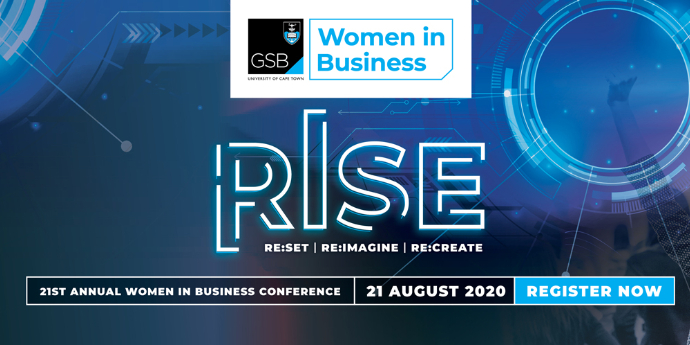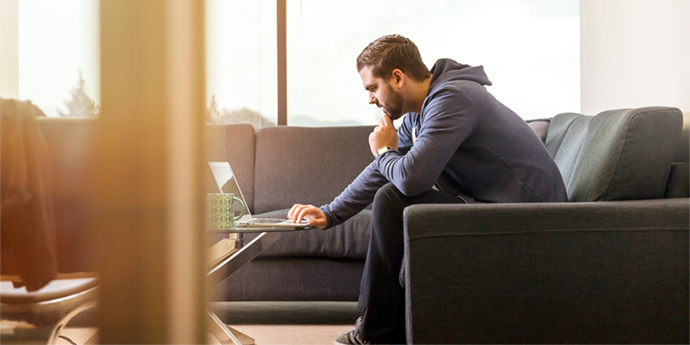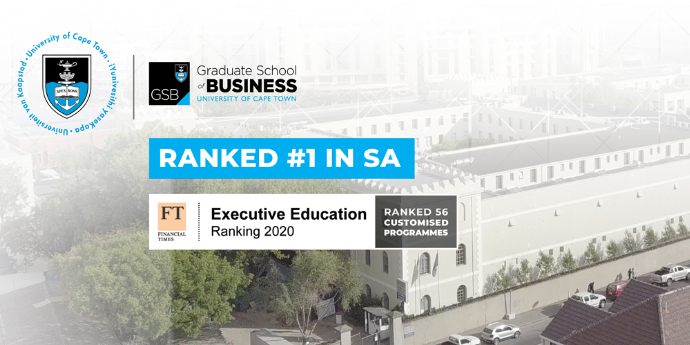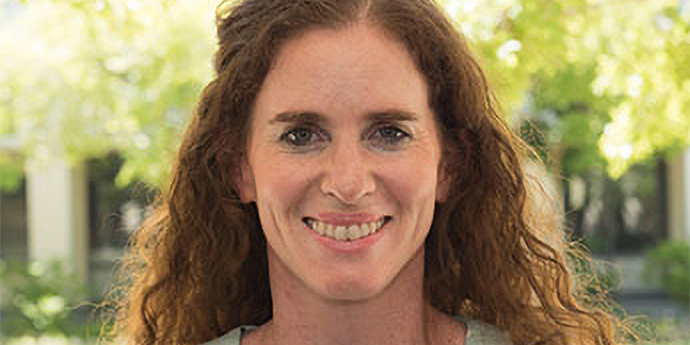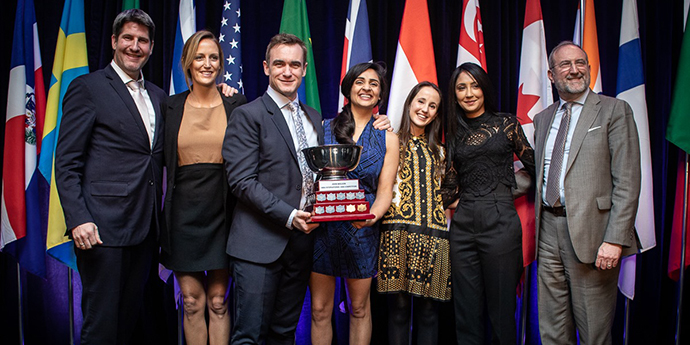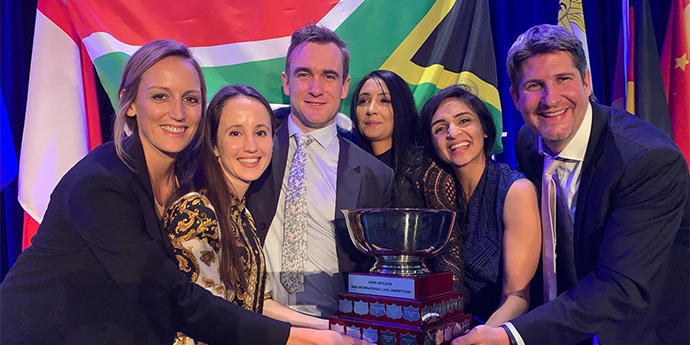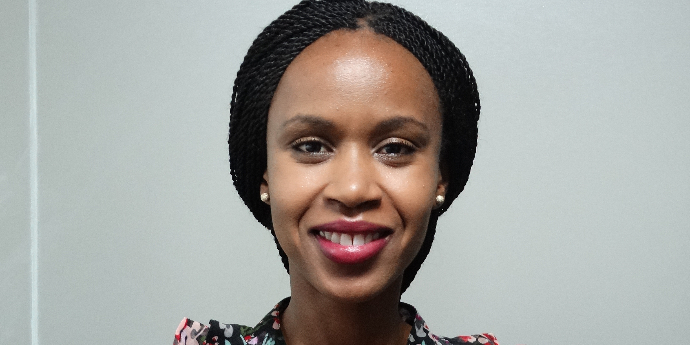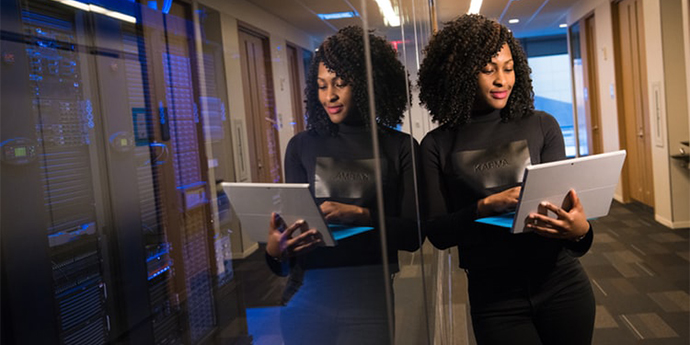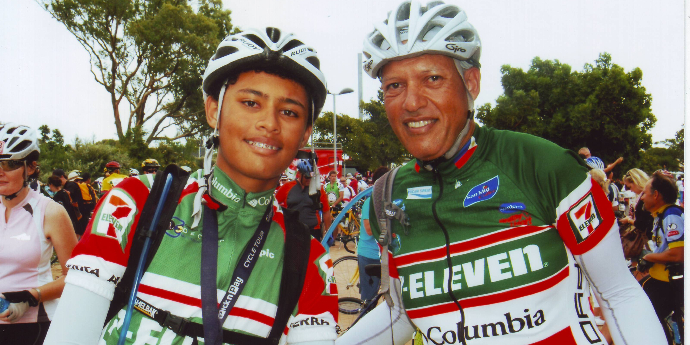Q&A with Lauren Davis on how to master the art of the virtual meeting
Love or loathe them, virtual meetings have become a mainstay of the working day for many of us, and may remain so for the foreseeable future. Lockdown conditions may have eased in South Africa this week, but it is likely that remote working will be a reality for most businesses for a while to come. Lauren Davis, a clinical psychologist and coach, and part-time lecturer on some of the UCT GSB’s executive education programmes, shared some tips on virtual meeting best practices with Kieno Kammies on Cape Talk.
Below is an edited extract of the interview.
Listen to the full interview here:
Q: Virtual meetings are a good tool to have but how do we use this tool effectively?
A: Hopefully this will give us a chance to re-evaluate all the face-to-face meetings we’ve been having. I’m a big advocate of sending emails if it’s just an FYI (For Your Information) instead of getting everyone around the table, and I think we’re already learning that skill of what actually needs people’s time and thinking capacity around a table. I think the first step, especially now, but even going forward, is to be very considered and intentional about the meeting. Why are you bringing people together? What thinking do you want to do together and who needs to be at that meeting? It’s about having a very clear intention for that meeting at the outset.
Q: There are very few circumstances when a face-to-face is absolutely necessary. People are spread out all over the place. Isn’t it a bit disrespectful to expect people to travel great distances just for a meeting?
A: There are lots of different opinions. Nothing beats face-to-face just in terms of our need for human connection. As human beings we are by nature sociable, and 97% of all communication is non-verbal so we are very attuned to reading the non-verbal, which is much harder on-screen. But I agree that not everything has to be face-to-face, especially if you already know the person and you’ve met them upfront. From an environmental and time-saving perspective, going virtual is definitely the answer. I think the challenge during this time is that we don’t have the option of face-to-face if we want it. There’s just no balance, it’s all online or telephonic. From an energy level and social connection perspective, people are taking a lot of strain because of that. We’ve all been reduced to two-dimensional head and shoulders.
Q: I find virtual meetings allow me to focus on the content. Whilst we may be able to read cues through face-to-face, we can also misinterpret them and see things that don’t actually exist?
Yes that's a good point. If you’re going to go virtual, it’s about being intentional and not expecting the meeting to be the same as face-to-face. The meeting needs to be a lot slower. Take pauses in the meeting to check if there are any questions. Have your microphone on mute, so it forces people to think for a few seconds before they jump in, and immediately slows down the interruptions as well as filtering out external noises.
Q: What other tips should we be sharing with our colleagues if we’re running virtual meetings?
A: Draw up a virtual table, so if you know who is going to be in the meeting, you can send this to all the attendees ahead of time. Imagine an analogue clock with people’s names around it so people know who they are "sitting next to”, and when it’s their turn to speak. This is much better than having an open discussion where people are crashing into each other’s sentences, and makes it possible to keep some sense of order. There are two elements to making virtual meetings work — structure and specificity. Having a clear structure, so people know what to expect and what the timings are, and being specific about what’s going to be covered under each agenda point, who is expected to speak, and how long each point is expected to take.
Try to have video on where possible so that you can at least see some facial expressions and body language. The other key thing that what we miss from face-to-face meetings, is the social interaction, so try to mimic some of the chitchat that you would have when people are walking into a meeting room. It’s also important to formalise the connection, so at the start of the meeting, check in on something personal or even professional, but unrelated to the meeting, just to lighten the mood before going into the content. Aim to start and end on time, regardless of whether people are battling to dial in. One of the things we are all struggling with at the moment, is the boundary between work and home. Honouring each other’s time and respecting start and end times is very important.
Ultimately, these principles are not just for virtual meetings, they’re about having common decency, general manners and respect, which should happen regardless of whether we’re meeting virtually or in person.















